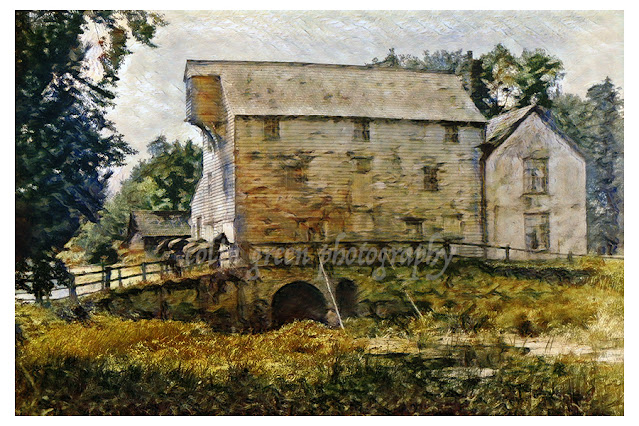There’s nothing quite like the discovery of an old 35mm slide to launch an armchair archaeological expedition. Tucked away in a box marked simply "Inca Statue," this little piece of photographic history presents a beautiful puzzle. The image itself—a rugged, imposing stone figure standing in an open, grassy landscape—is a testament to the enduring power of ancient Andean civilizations.
Let's dive into the clues held within this single transparency to try and unlock its secrets: Where is this statue, and when was this photograph taken?
Clue #1: The Medium – Dating the Slide
The biggest clue to the when of this photograph isn't the statue itself, but the format: a 35mm colour slide.
The peak era for amateur travel photography on 35mm slides, particularly using popular film stocks like Kodachrome and Ektachrome, was roughly from the 1950s through the 1980s.
During this time, slides were the preferred way to capture and share vacation memories, viewed on a projector in a darkened living room. While slides continued to be used into the 1990s, the digital camera revolution quickly phased them out after the year 2000. This strongly suggests your photograph is a snapshot of history taken by a traveller sometime in the mid-20th century.
Clue #2: The Subject – Identifying the Statue Style
The only definitive label we have is "Inca Statue." However, a closer look at common Andean stone monuments may reveal a different origin, or at least narrow down the possibilities.
Most authentic Inca stonework is characterized by finely cut, mortar-less masonry (like at Machu Picchu), but large, carved monoliths are more typical of Pre-Inca cultures across the Andes.
Assuming the slide shows a monumental, anthropomorphic stone statue—likely standing, carved from a rough, blocky stone—with stylized features such as a headdress and possibly arms folded across its chest or stomach (a common pose in ancient Andean art), the style is distinct.
This appearance hints at a few locations:
San Agustín Archaeological Park, Colombia: This site is famous for having the largest collection of megalithic, anthropomorphic statues in Latin America, dating to between 500 BC and AD 400. They are large, stone, and displayed in a natural, park-like setting—a perfect subject for a mid-century travel photograph. The style of these statues is often rough-hewn and highly expressive.
Tiwanaku/Puma Punku, Bolivia: Home to massive, famous pre-Inca monoliths like the Ponce and Bennett monoliths. These are highly recognizable and were a major tourist draw.
The Peruvian Andes: While pure Inca monoliths are less common, numerous pre-Inca ceremonial stone figures (huancas) exist throughout the region and could have been a secondary site visited by a dedicated tourist.
Given the ambiguity of the title, it's highly likely the traveller simply labelled it "Inca" as a general term for the most well-known Andean civilization, even if the statue itself is technically from a much older, separate culture like the one at San Agustín. San Agustín, Colombia, therefore stands out as a top candidate for its large, sculptural monoliths displayed in a park setting, which would have been a significant destination for intrepid travellers in the 1960s or 70s.
The Verdict: A Mid-Century Mystery from the Andes
While only a side-by-side comparison could confirm the exact location, the evidence points to a stunning piece of history:
| Clue | Conclusion |
| 35mm Slide Format | Likely photographed between 1950 and 1980. |
| "Inca Statue" | A monumental, standing, carved stone figure, likely from the broader Andean Pre-Columbian tradition. |
| Park Setting | Located at a major, publicly accessible archaeological site or park. |
| Strongest Location Candidate | The San Agustín Archaeological Park in Colombia (or a similar Pre-Inca monolith site in the Andes). |














































